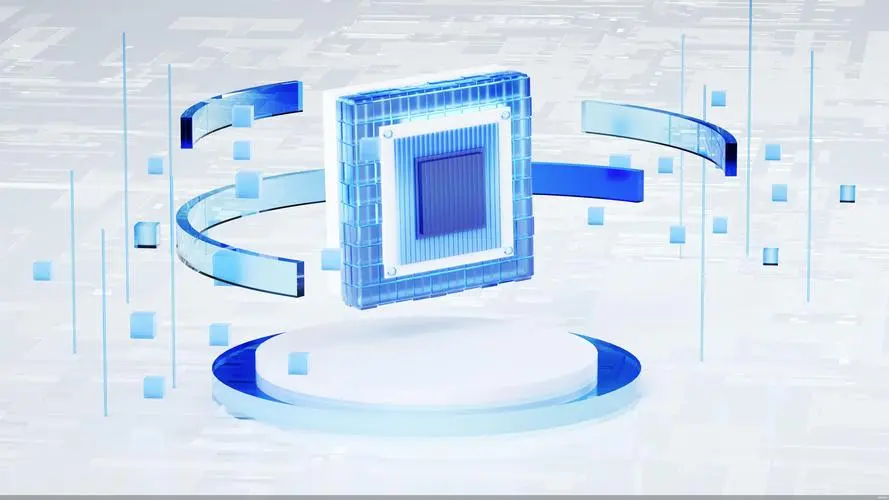
On May 23, the South Korean Ministry of Industry, Trade, and Resources announced plans to invest 484 billion Korean won (approximately RMB 2.57 billion) in the development of "Inorganic Luminescent Display (iLED) technology and ecosystem construction projects" from next year to 2032, with 347.9 billion Korean won (approximately RMB 1.847 billion) being national funding.
The South Korean Ministry of Industry, Trade, and Resources stated that the "Inorganic Luminescent Display Technology Development and Ecosystem Construction Project" passed the preliminary feasibility study at the National R&D Project Review Committee held on the 23rd
It is reported that, ILED is a type of self luminous display that uses inorganic based devices such as light-emitting diodes (LEDs) as the light source, referring to Micro LEDs QD (quantum dot) LED and nano LED. It is resistant to moisture and oxygen, and has various advantages in brightness (screen brightness) and power consumption, thus attracting attention as the next generation of displays after organic light-emitting diodes (OLEDs).
Through this project, the South Korean Ministry of Industry, Commerce, and Resources supports the focus of iLED core technology throughout the entire process cycle, from pixels to panels and modules. By doing so, one will master three major technologies: ultra small and efficient pixel technology, high-speed panel forming technology, and ultra large modular technology with a size of over 300 inches. The South Korean Ministry of Industry, Trade, and Resources expects this to contribute to the independence of chip manufacturing materials, as well as core materials and equipment such as transfer, bonding, and inspection equipment.
In addition, the relevant person in charge of the South Korean Ministry of Industry, Commerce, and Resources stated that, The iLED project is expected to become the cornerstone for South Korea's display industry to once again become the world's number one, following OLED. South Korea will strengthen policy support for expanding investment tax deductions, cultivating professional talents, and other industrial cultivation needs.


